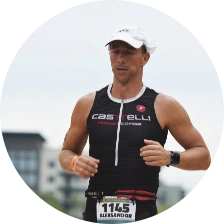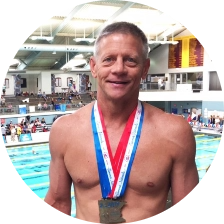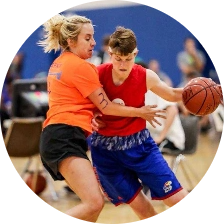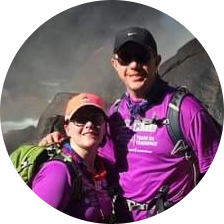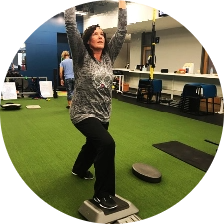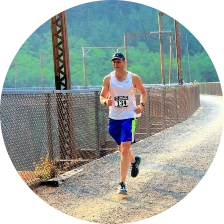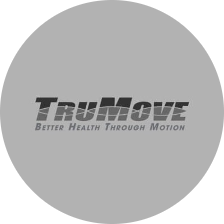Services
Treatment for Spinal Stenosis

Spinal stenosis is a condition that is characterized by the narrowing of the spaces within the spine.
With less space available, the spinal cord and nerve roots may become pinched, compressed, or dysfunctional, leading to back pain and sciatica. To reduce pain and minimize the risk of nerve-related complications, immediate spinal stenosis therapy is recommended.
Types of Spinal Stenosis
Foraminal Stenosis
Also called lateral stenosis, this condition occurs when one or more of the intervertebral foramina narrows. This causes compression or inflammation of a spinal nerve. Foraminal stenosis commonly occurs in the lumbar spine and cervical spine.
Central canal stenosis
This involves the narrowing of the hollow space in the center of the spinal column. Central canal stenosis may occur on one or both sides of the body. Patients may experience a stabbing pain, numbness, tingling, and weakness that may extend into the arms or legs. It is possible for both types of stenosis to occur simultaneously.
Causes of Spinal Stenosis
The causes of spinal stenosis include:
- Tumors of the spine
- Paget’s disease of bone
- Fractures from injury
- Arthritis
- Age-related changes in the spine
Symptoms of Spinal Stenosis
- Tingling, numbness, or weakness felt in both arms and/or legs
- Mild to severe pain that radiates from the spine into an arm or leg
- Bladder or bowel incontinence
- Back pain
Diagnosing Spinal Stenosis
Acquiring an accurate diagnosis of spinal stenosis requires a thorough review of the patient’s medical history, a physical examination, and medical imaging such as X-rays, CT scans, and MRI.
IMPORTANT:
You deserve relief from pain! Don’t suffer another day with “back pain”. Get relief today and avoid the 55%+ failure rate of surgeries and drugs. Get All your options
Traditional Treatments
The following treatments are usually recommended for spinal stenosis:
- Medications – Doctors often prescribe acetaminophen and nonsteroidal anti-inflammatory drugs such as aspirin and ibuprofen to provide relief from spinal stenosis pain.
- Epidural steroid injections – Using X-ray and contrast dye, a corticosteroid is injected into the epidural space to minimize inflammation of the spinal cord and/or nerve root.
- Surgery – In cases when spinal stenosis is severe or affects various levels of the spine, surgical options such as laminectomy, foraminotomy, or discectomy and fusion are recommended.
TruMove
With any type of surgery or medication, there are risks of serious complications including infection, allergic reaction, or damage to the spinal cord. Additionally, conventional treatments are only effective 45% of the time.
At TruMove, we facilitate safe and effective healing by concentrating on the root cause of pain. We aim to deliver guaranteed relief through the following treatment options:
Full-body Movement Assessment
Successful healing begins with discovering the root cause of the patient’s pain. In most cases, pain in one area is only a symptom of a larger issue. In a full-body movement assessment, the source of the problem is identified by examining the movement of nearby or connected parts. This allows movement to be restored and the body to complete the healing process.
Hands-on Manual Therapy
The Superior Method employs the help of a trained therapist certified in functional manual reaction. The therapist uses their hands to facilitate proper motion, improving areas of restriction. This is similar to deep tissue massage, but it incorporates movement.
Prescriptive Home Exercise Program
The Superior Method aims to educate patients on how the body moves to safely ease pain and restore function. With our smartphone app called Movement RX, we empower patients with the knowledge and tools needed to attain long-term physical freedom. All of the instructions provided by your physician will also be video-recorded and sent directly to your email or mobile device.
Applied Functional Science
This principles-based method is designed to improve how the mind, body, and spirit work together to facilitate complete healing. All Superior Physical Therapy providers are Fellows of Applied Functional Science through the Gray Institute. This organization is led by the reputable physical therapist, Dr. Gary Gray.
Deep Muscle Stimulation
Mechanical vibrations that penetrate deep into the muscle tissue enable tissue regeneration and improve the lactic cycle, which is one of the most common causes of pain. The procedure also helps boost circulation and lymphatic flow to alleviate pain.
Dry Needling
A fast, safe, and virtually pain-free method to reduce pain and address musculoskeletal presentations. In dry needling, trigger points or local contractures are stimulated by monofilament needles.
McKenzie Therapy
The McKenzie Method® of Mechanical Diagnosis and Therapy® (MDT) is a distinguished and internationally researched method of diagnosis and treatment for spinal and extremity musculoskeletal conditions. Created by New Zealand Physiotherapist Robin McKenzie, this system has been used globally for over 60 years. MDT-certified clinicians assess and treat all types of musculoskeletal disorders including complications in the spine, muscles, tendons, and extremity joints.






